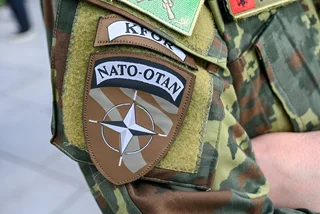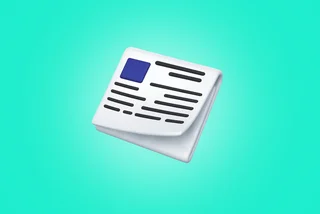The migration wave from Ukraine to the Czech Republic has begun, with some 20,000 people arriving from the war-hit country over the past few days. Their number is anticipated to keep growing, Prime Minister Petr Fiala told the Chamber of Deputies, the Czech lower house of parliament today.
The government is currently drafting legislation for Ukrainians' easier access to the Czech labor market, Fiala said.
"We are and will be a country of destination," the PM added. The announced change in the legislation would enable Ukrainians free access to the labor market without a work permit.
Fiala outlined the process for accepting incoming refugees from Ukraine to the lower house. He said assistance centers throughout all Czech regions would serve as hotspots for the registration of Ukrainian arrivals.
The PM said the Czech Republic had established an umbrella website coordinating all the help and a phone line for Ukrainian citizens in Czechia. Anyone coming to the Czech Republic with a Ukrainian SIM card and joining the Czech cell phone network will receive a short SMS with basic data and information, he added.
Fiala noted that the Czech Republic had provided Ukraine with military equipment and ammunition for about CZK 600 million.
"We will keep looking for possibilities and based on the demands from the Ukrainian side, we will be helping," he added.
As of Monday, a total of 13,977 refugees from Ukraine had registered with the Czech immigration police since the start of the Russian invasion, a police spokeswoman told journalists Wednesday.
PARTNER ARTICLE
The greatest numbers of refugees are being registered in Prague and the Central Bohemia Region.
In the first days after the invasion, the numbers of the arrivals amounted to several hundred, but on Sunday alone, almost 5,000 were registered.
On Monday, the police recorded 6,769 registered refugees and the numbers are presumed to keep growing.
So far, 4,578 people have asked for visas for the Ukrainians hit by the war conflict with long queues at the immigration police headquarters on Prague's Olsanska Street.
Along with the Prague City Hall and the Czech Red Cross, the police have provided the waiting people with some refreshment, while firefighters built a heated tent for them.
Since Tuesday, refugees have also been able to access the assistance center in the Municipal Library in the center of Prague. The same centers are being established in other regions, too.
In neighboring Slovakia, almost 67,000 asylum seekers have entered Ukraine since the start of its Russian invasion up until this morning. Refugees are waiting for up to 35 hours at the border, the Slovak police headquarters told ČTK Wednesday.
During the initial days of the conflict, most of the refugees from Ukraine, mainly women and children, continued further to Europe to join their families, the Slovak authorities said. Ukrainians working in the Czech Republic arrived at the border to pick them up.
The steps on the Ukrainian side are still slowing down the clearance at the Slovak-Ukrainian border crossing, the police added.
More than 450,000 refugees from Ukraine have come to Poland, which has a longer border with this country than Slovakia and where a strong Ukrainian minority lives, since the invasion started.
Slovak police also announced that citizens of the third countries are coming to Slovakia from Ukraine as well, including those who lived, worked, or studied there or who were there on holiday and destined for neighboring countries after the airspace closed.
Currently, hundreds of citizens of Morocco, Nigeria, and India have entered Slovakia from Ukraine.
Russia attacked Ukraine last Thursday. The hostilities have since forced out hundreds of thousands of people from Ukraine.












 Reading time: 3 minutes
Reading time: 3 minutes 






























